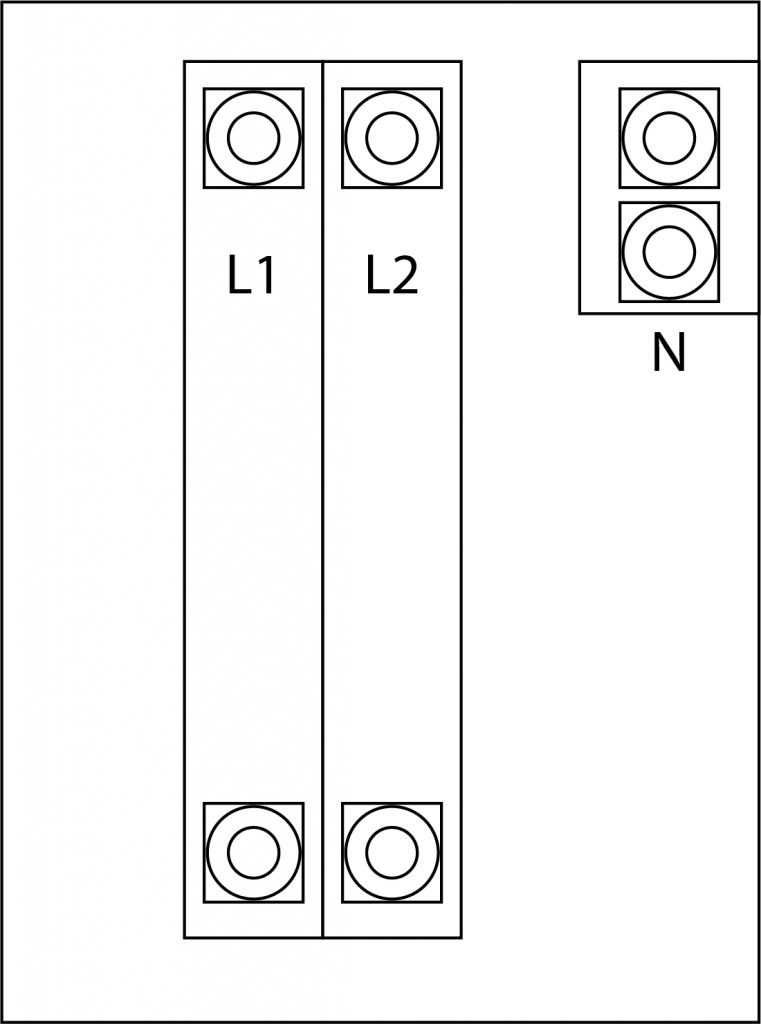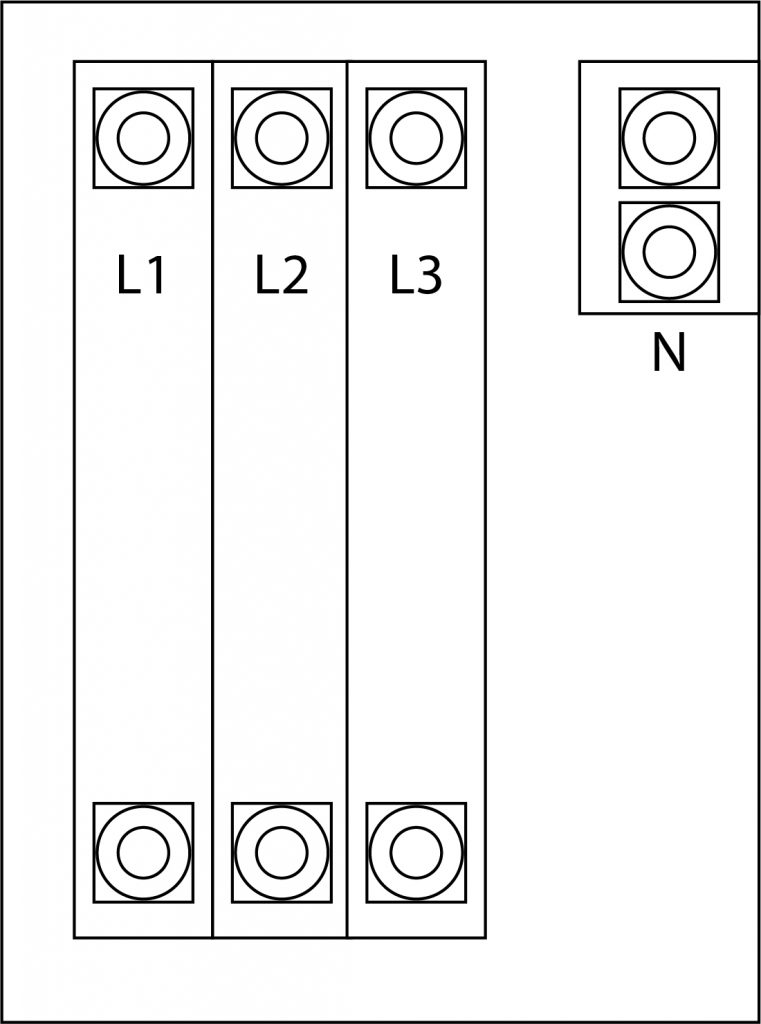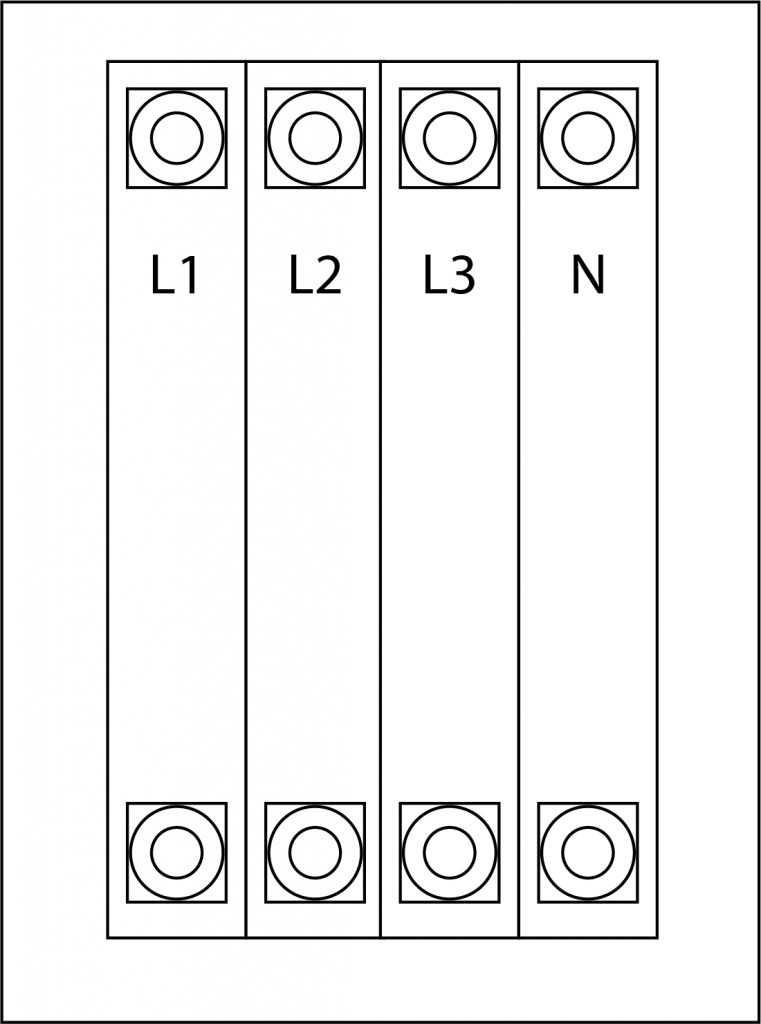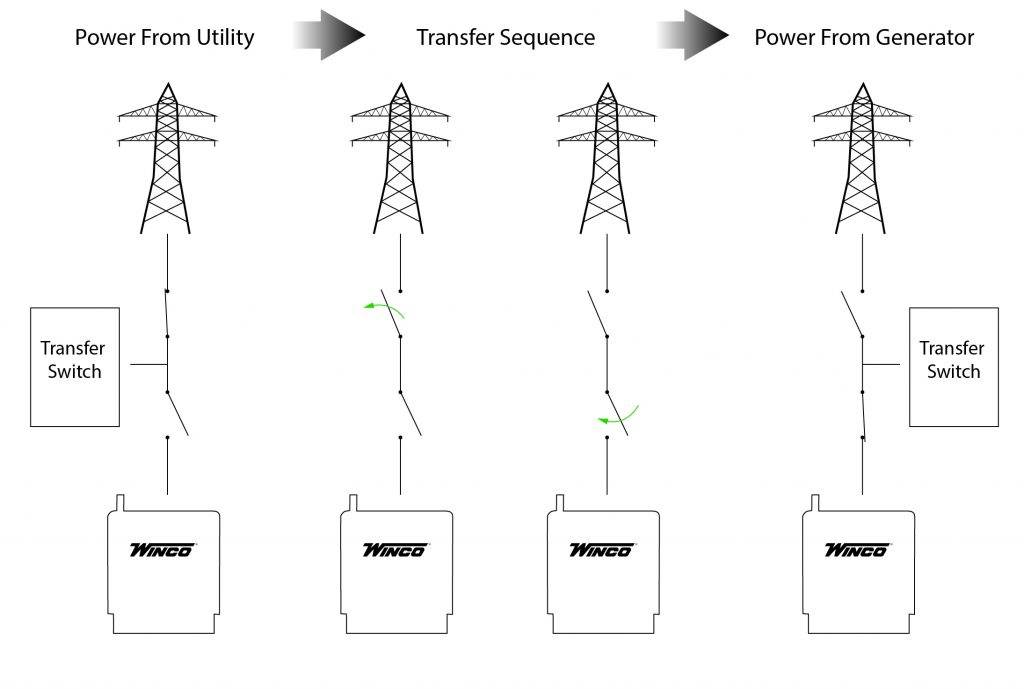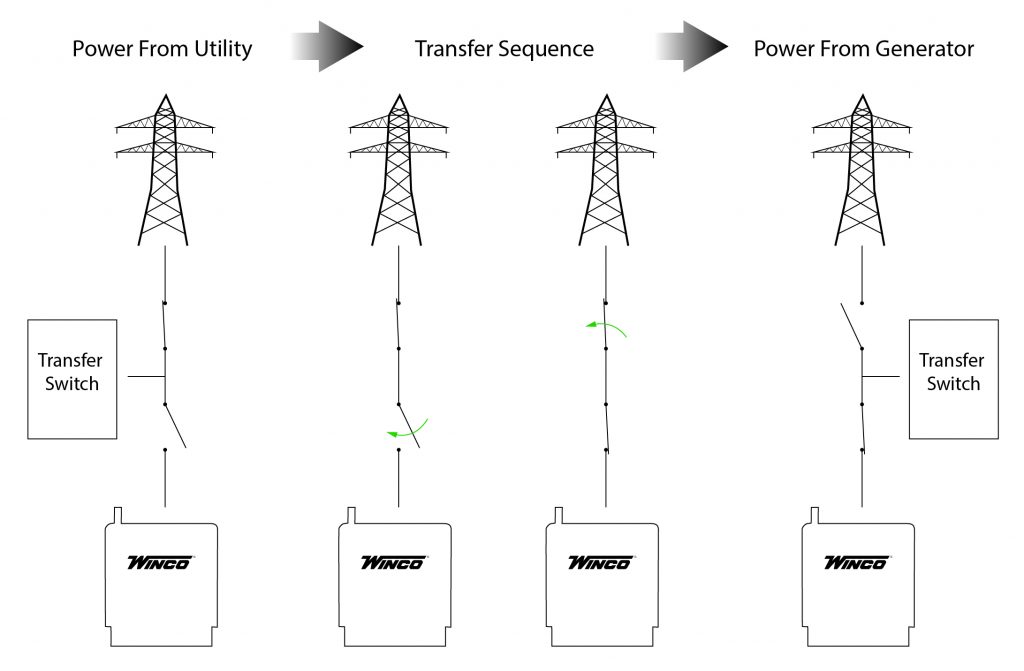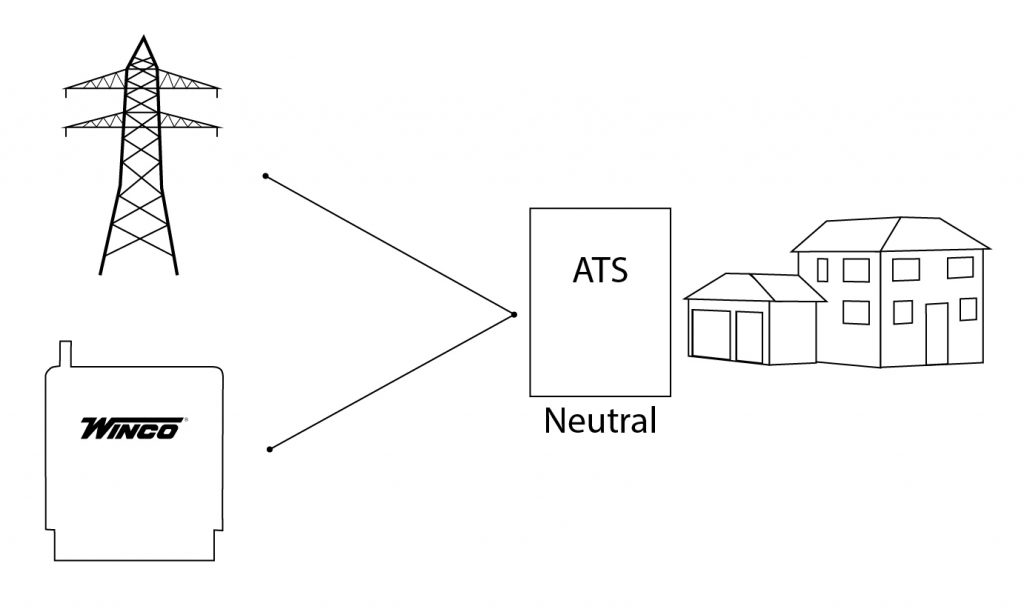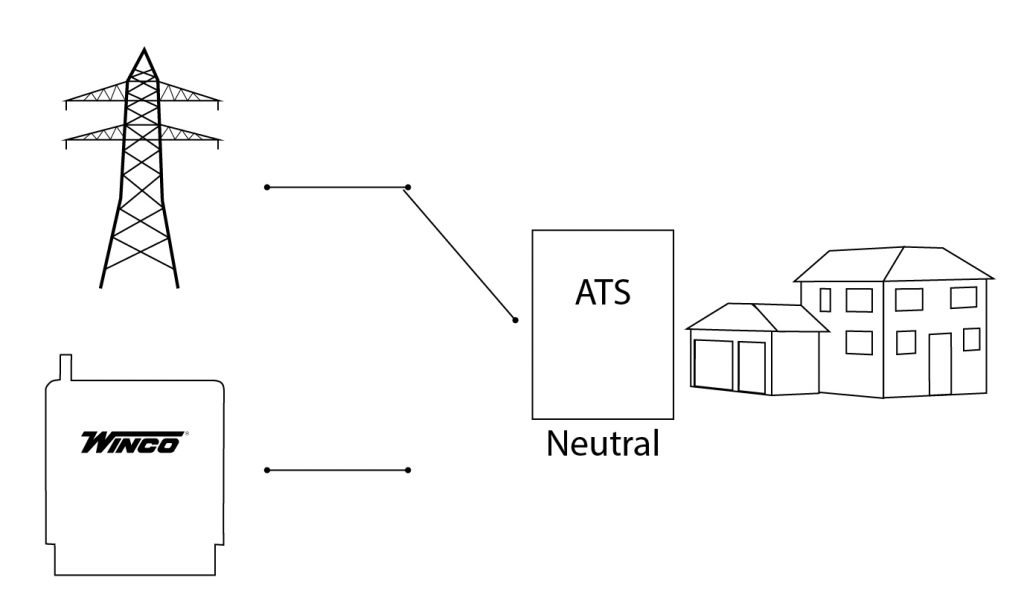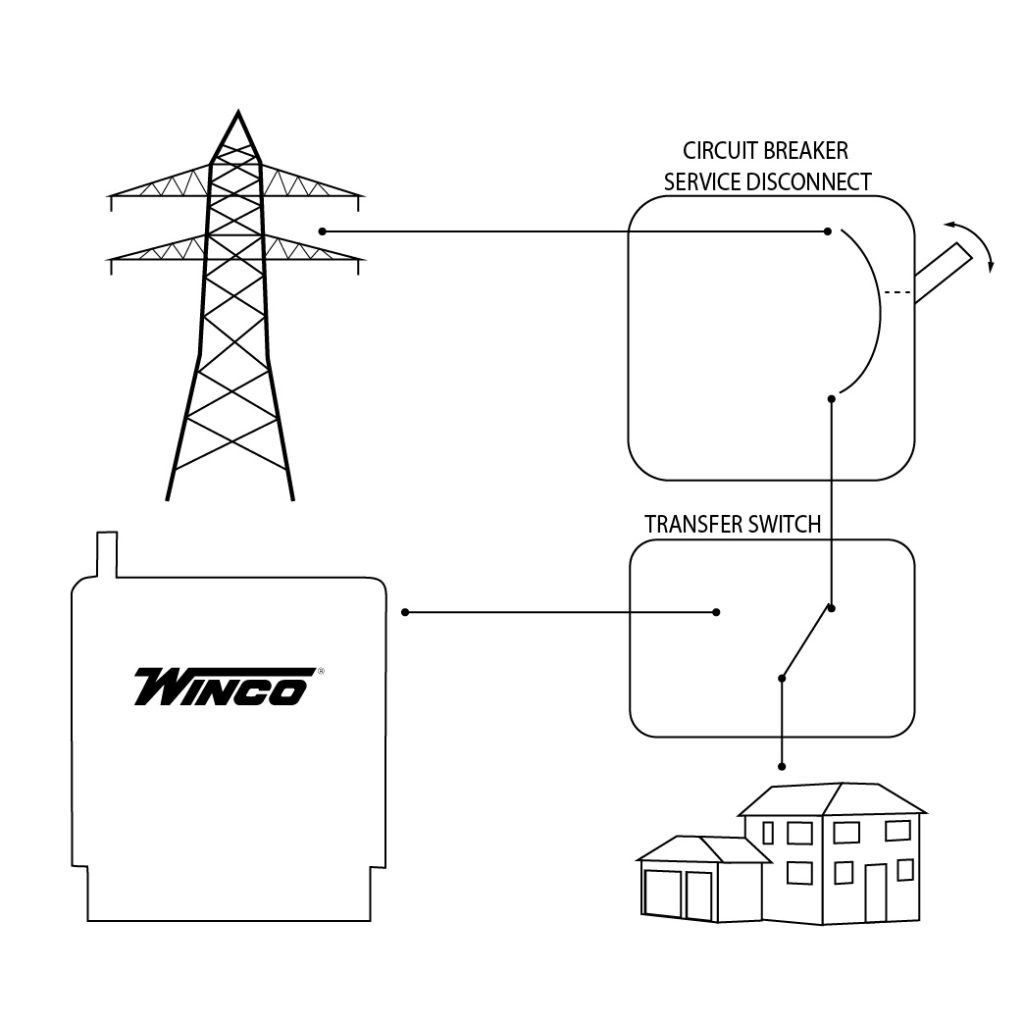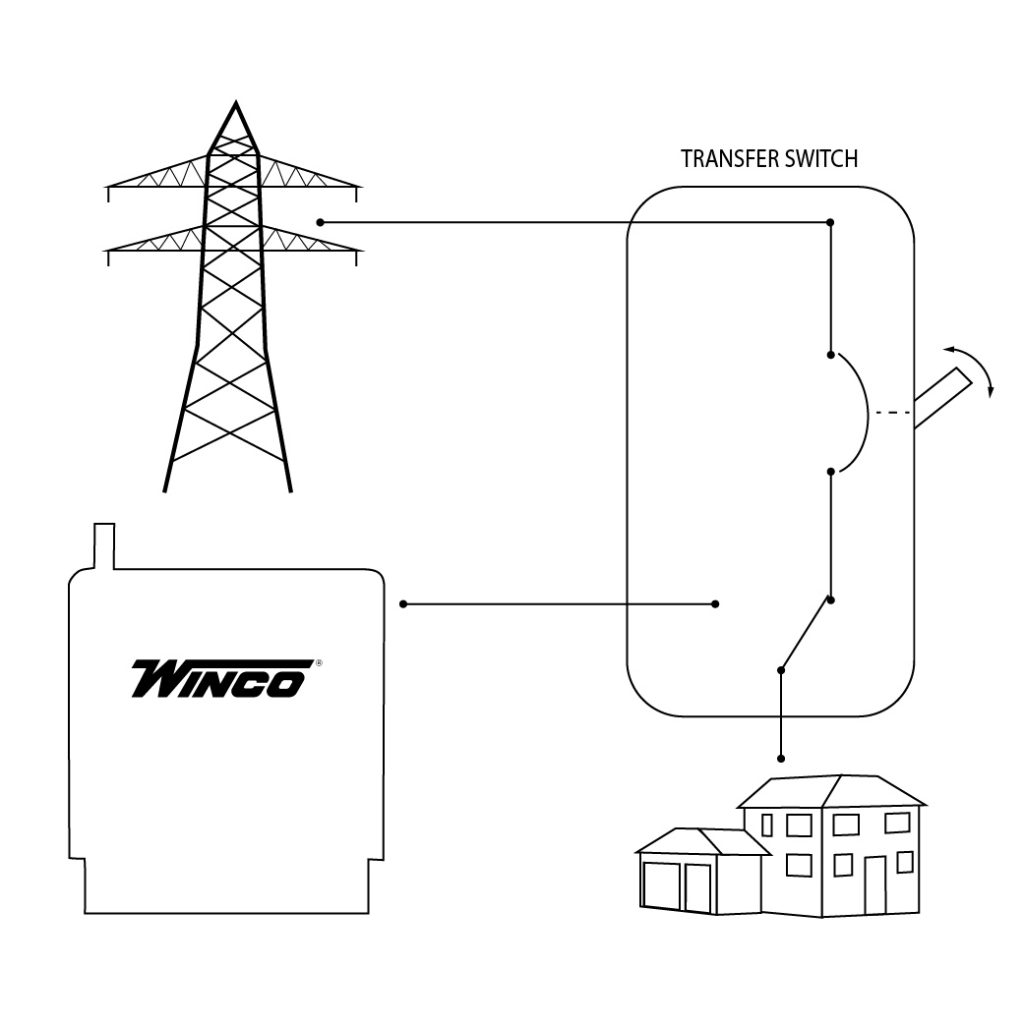
First Name: Big
Last Name: Dog
Birthplace: Le Center, MN
DOB: 01/01/2005
Hobbies: Chase stray cats, walk around the factory, taking weekend naps
Favorite Food: Beef burritos with hot sauce
I began my modeling career on the WL12000 panels. Since then, I have been on all of the industrial “Big Dog” portable generators and make appearances on our literature as well as our wearable merchandise. I have enjoyed my modeling career and will continue, but I wanted to branch out into the business consulting field. My wonderful family at WINCO have given me the opportunity to write public commentary about what the company is up to! I am very excited for this new adventure and hope you find my information helpful!
I’ll be in touch,
Big Dog


